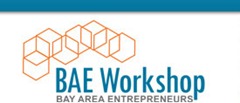 I get a lot of junk email that I normally ignore, but this one ticked me off enough to write about:
I get a lot of junk email that I normally ignore, but this one ticked me off enough to write about:
Major Changes for Bay Area Entrepreneurs Workshop
Changes? To what? I’ve never heard about this program before.
Lowering the price of the Workshop by $500 to $1,000
Ouch! Lowering? And then it’s still $1,000? Now I really have to check it out…
The Bay Area Workshop is a series of weekly, 3-hour long presentations, 8 in total for a “discount” price of $1,000, or $175 per individual session. The “Team” consists of the CEO. The Agenda focuses on Business Plan building, culminating in an investor presentation, and the presenters are “named” illustrious experts like “Start-up consultant”, “Go-to-market consultant”, “Marketing consultant”, “Angel investor”.
Most impressive, isn’t it? Wait, here’s a preview: you can watch a 46-minute embedded webinar here. No, your video did not freeze, you really are staring at one single slide (long live Powerpoint!) for close to two minutes. Never mind that you can’t read the small print and full-screen toggle does not work…. I’m sure there’s value in there … somewhere 🙂
Oh, boy. If I wanted to be cynical, I’d say this program is a tired, half-cooked attempt at delivering recycled presentations by a retired executive at a premium price. But I don’t want to be cynical, so I’m not calling it a rip-off… All I am saying is: I’m not sold, and buyer beware.
OK, here’s what I really think:
If you are in a corporate job thinking of becoming an Entrepreneur – save the money, these courses will not “make you” an entrepreneur. You should probably keep your job.
If you already are talking to potential partners, are busy building an early stage product, then you already are an Entrepreneur. You have the drive, you did not “get it” from a bunch of expensive classes. You may or may not get funded one day, and sure, there’s a lot to learn, but you can pick it up along the way. There’s probably no better place to start than reading Mark Suster’s series. Sage advice from an Entrepreneur-turned-VC. By all means, network: go to events like SF Beta, the New Tech Meetups in SF or the Valley, Meet real VC’s at events hosted by SVASE – wherever you start, one event will lead to another, and you will make real-life connections.
Most events will cost you $20-40, some a little more expensive, but whenever you see a 3-digit price-tag, run the other way! And don’t even think of spending a thousand bucks just to hear from unknown instructors how you should put a business plan together.
As for The Bay Area Workshop, I saved the best for the last. If you really have a thousand bucks to throw away, would you expect to just sign up and attend? No, you have to apply and “qualify”:
To apply for all eight session of BAE Workshop, send your business summary to apply@baeworkshop.com. We will evaluate the submissions and notify those accepted into the program.
I’m so out of here…
(Cross-posted @ CloudAve )

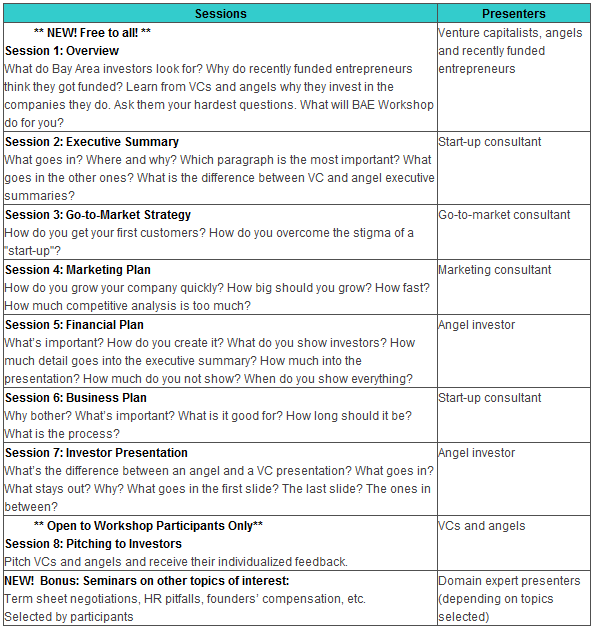
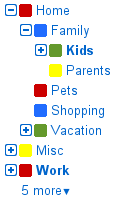 If you really think about it, there’s not much of a difference. They are more or less the same.
If you really think about it, there’s not much of a difference. They are more or less the same.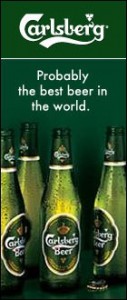
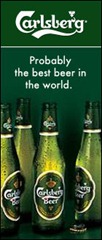

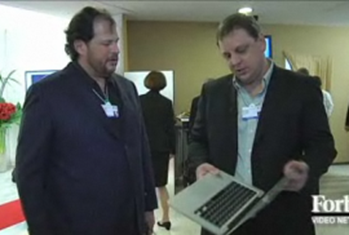
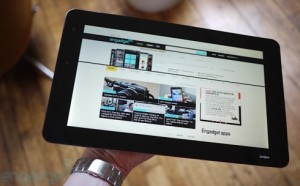

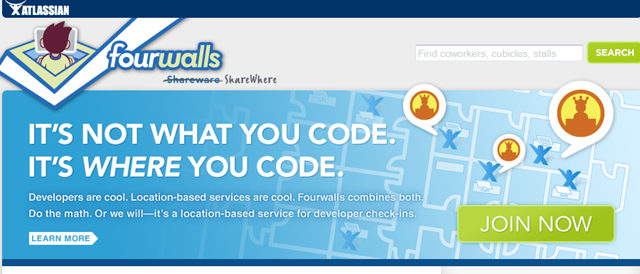

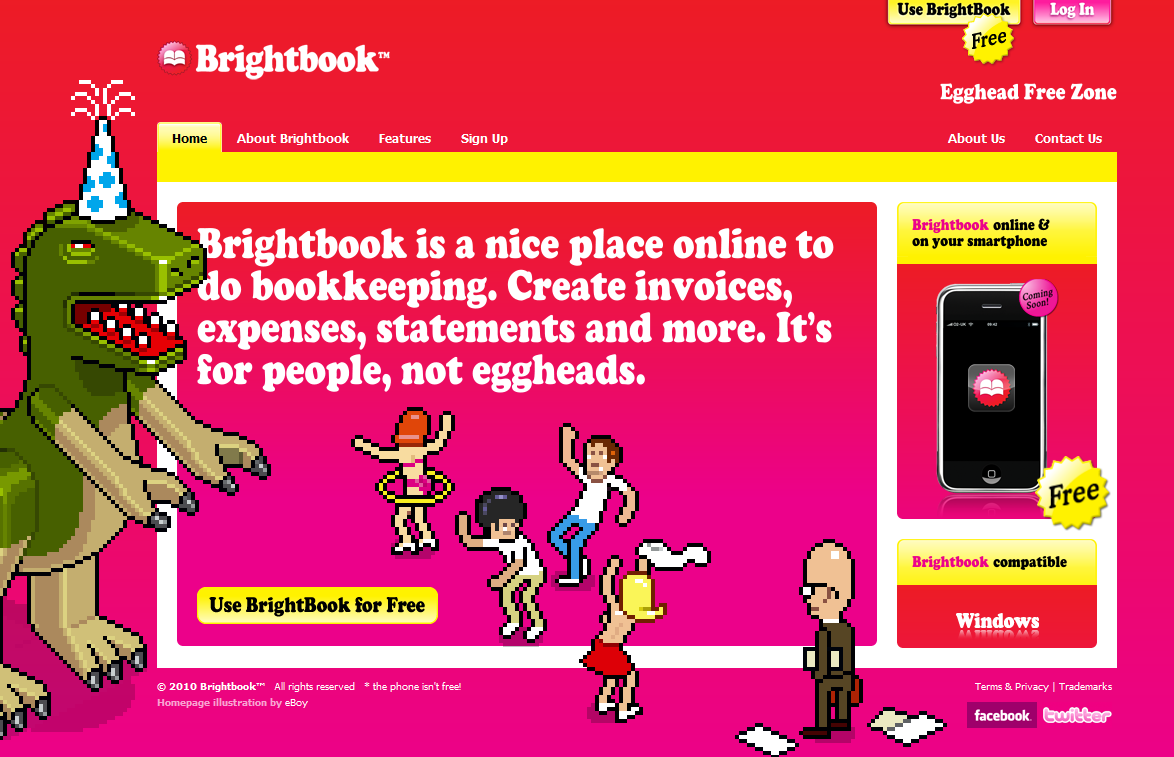

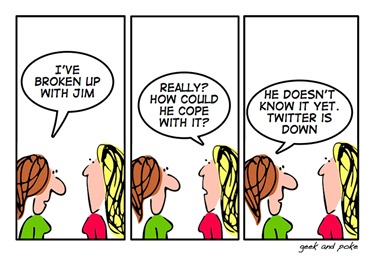
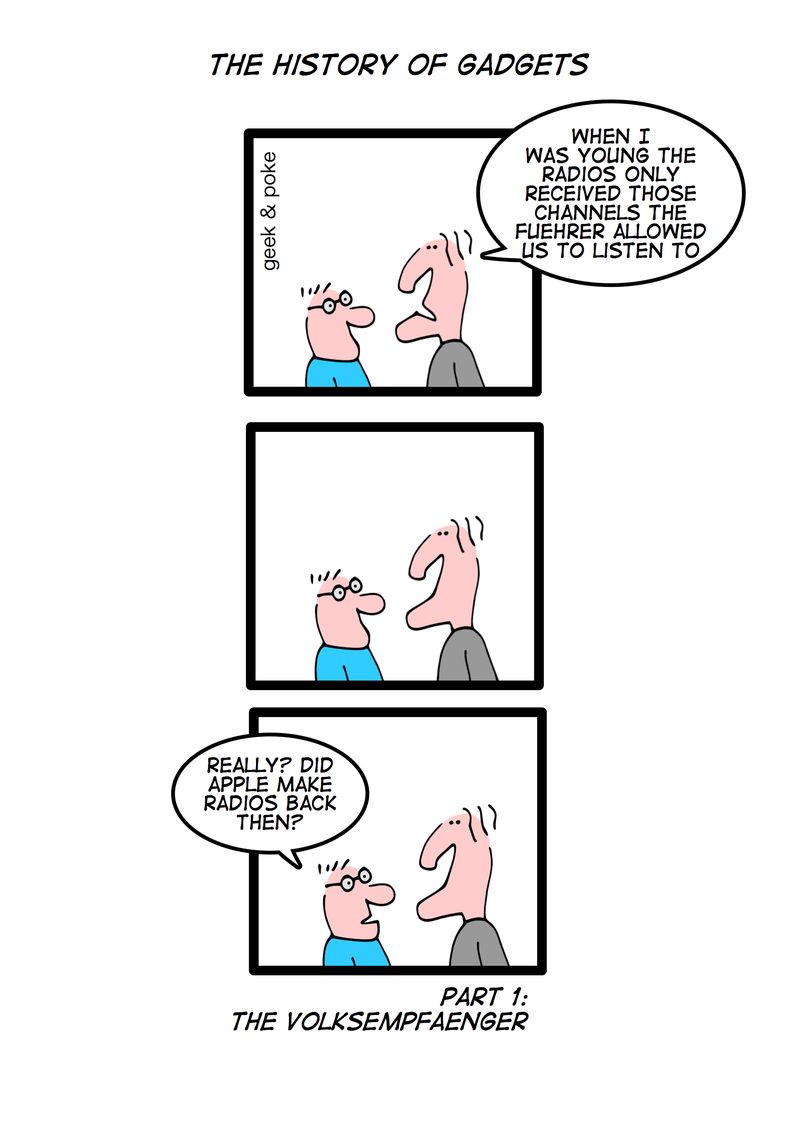
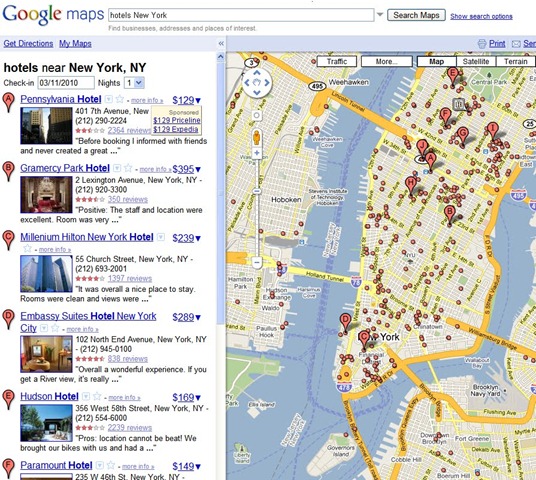
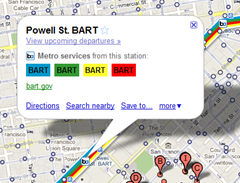
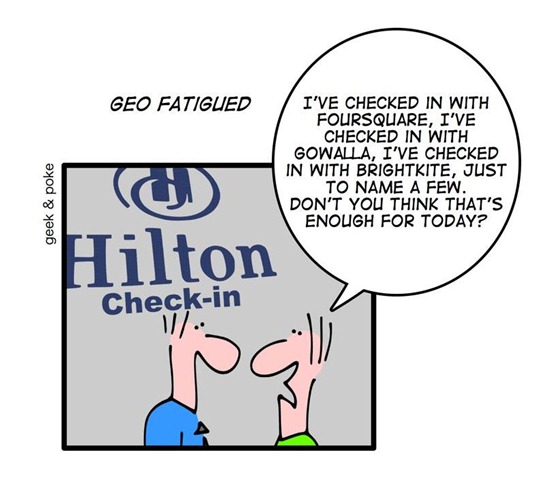

Recent Comments